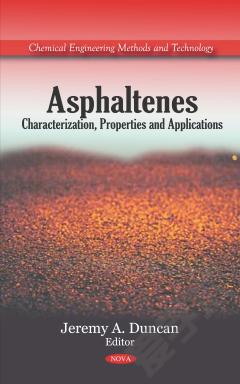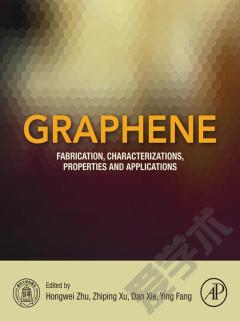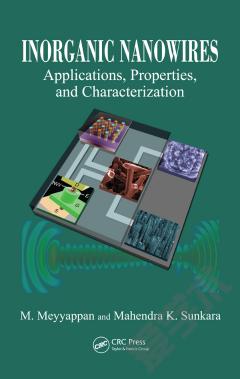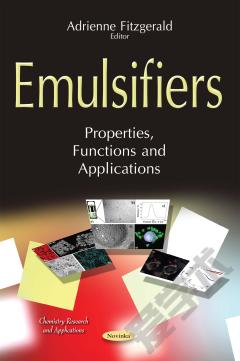Characterization, Properties and Applications
This volume on iron-sulfur proteins includes chapters that describe the initial discovery of iron-sulfur proteins in the 1960s to elucidation of the roles of iron sulfur clusters as prosthetic groups of enzymes, such as the citric acid cycle enzyme, aconitase, and numerous other proteins, ranging from nitrogenase to DNA repair proteins. The capacity of iron sulfur clusters to accept and delocalize single electrons is explained by basic chemical principles, which illustrate why iron sulfur proteins are uniquely suitable for electron transport and other activities. Techniques used for detection and stabilization of iron-sulfur clusters, including EPR and Mossbauer spectroscopies, are discussed because they are important for characterizing unrecognized and elusive iron sulfur proteins. Recent insights into how nitrogenase works have arisen from multiple advances, described here, including studies of high-resolution crystal structures.
{{comment.content}}








 京公网安备 11010802027623号
京公网安备 11010802027623号